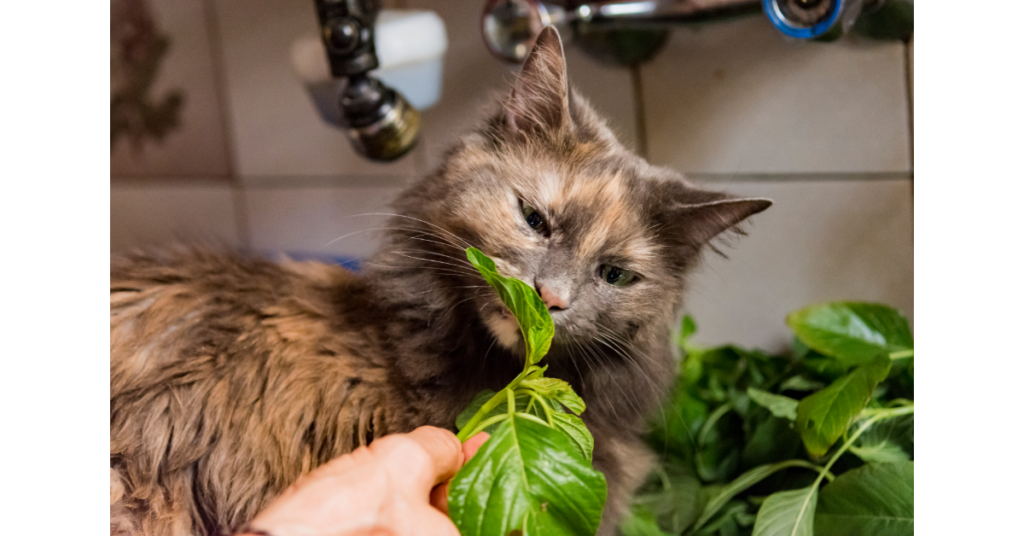
If you’ve ever dreamed of bringing some green into your home but thought it was too complicated to do with a cat around, think again. Believe it or not, it’s entirely possible. All you need is the proper knowledge and the right plants.
Here are some of the best indoor plants for beginners with cats:
- Rattlesnake plant
- Spider plant
- Venus fly trap
- Boston fern
- Chinese money plant
- Purple waffle plant
- American rubber plant
- Red prayer plant
- Orchid
- Bird’s nest fern
We’ll review just a few varieties of low-maintenance houseplants that can tolerate a bit of playful interaction from your feline friend(s). Read on to discover which types are safe for kitties and easy enough even for novice gardeners
Let’s get green!
Rattlesnake Plant
A beautiful Rattlesnake Plant
Topping the list of the best indoor plants for beginners with cats is Rattlesnake Plant. As the name suggests, this plant resembles a rattlesnake with patterned leaves. It is one of the perfect indoor plants when getting started because it is cat friendly.
Since it grows up to 30 inches (76.2 centimeters), grow them in a container with holes, then add sand to enhance drainage. However, please don’t confuse it with the snake plant, which is toxic to cats.
Spider Plant
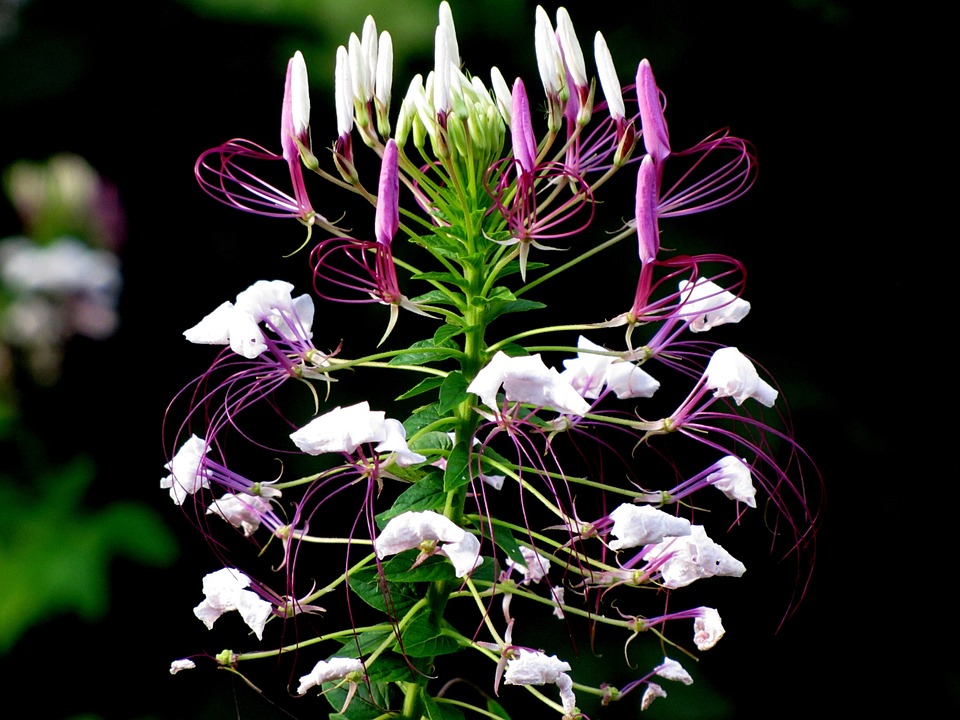
What makes this plant best for beginners with cats is its non-toxicity. Furthermore, it adapts to different environments with little maintenance. Moreover, it thrives best in cool temperatures, so allow the soil to dry out between watering; ensure it’s either rain or distilled.
Venus Fly Trap

Forget about the Spider and Rattlesnake plants; the Venus Fly Trap is another plant for beginners with cats to consider. Don’t worry about your pet’s safety; it is typically non-poisonous, although it uses poisonous substances to trap and digest prey like bugs.
On top of that, consider putting it in bright light and water using rain or distilled water to thrive well.
Boston Fern

Known for its enduring indoor environment, Boston Fern has shaggy fronds that might attract your cat. However, it is non-toxic. So, you can brighten up your home with these lush indoor plants. For aesthetics, consider putting it on baskets or hanging it on walls. But ensure it gets humidity and bright indirect sunlight.
Chinese Money Plant

The Chinese Money Plant is another plant to consider if you own a furry friend. Why? Because, in a real sense, it lacks toxic substances and is easy to grow. Also known as Pancake plants, it thrives well in indirect sunlight and well-drained sandy soils.
Purple Waffle Plant

Most people love plants that flower, but if this is not your thing, then don’t worry. Purple waffle Plant is here for you. This plant provides a flush of gorgeous colors without flowers. Moreover, it is safe for cats and is a good air purifier. To maintain this plant, ensure it is in bright indirect sunlight to preserve the leaves’ color without bleaching.
American Rubber Plant(Peperomia obtusifolia)
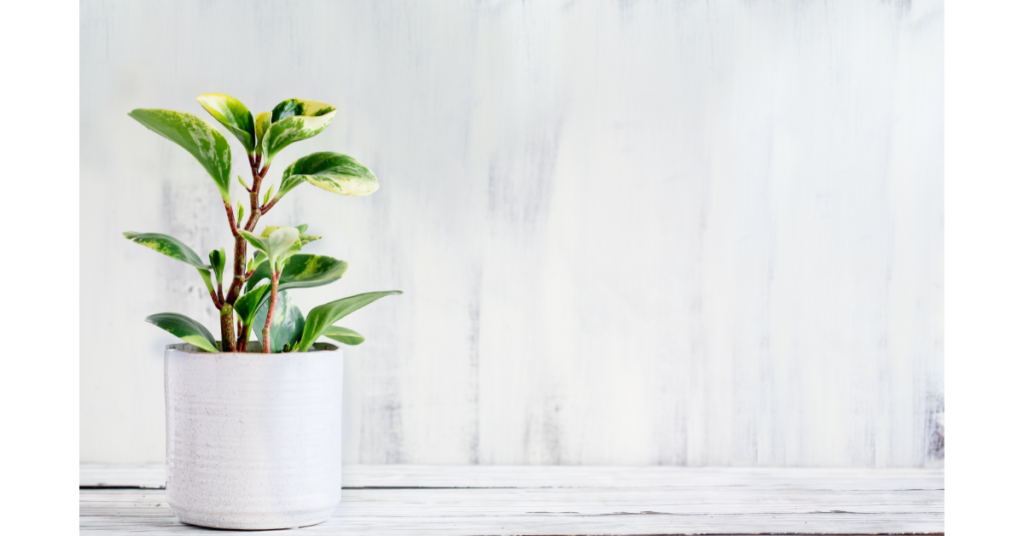
American Rubber Plants are also safe for beginners with cats. The best aspect about this plant is the ability to remove toxins from the air, meaning that the surrounding environment will be safe for everyone.
Plant it in a large pot to thrive since it can reach 4-10 feet (122-305 centimeters). Also, ensure that there is some bright sunlight and water regularly. However, please don’t mistake it for the rubber plant(Ficus elastica) since it’s poisonous.
Red Prayer Plant
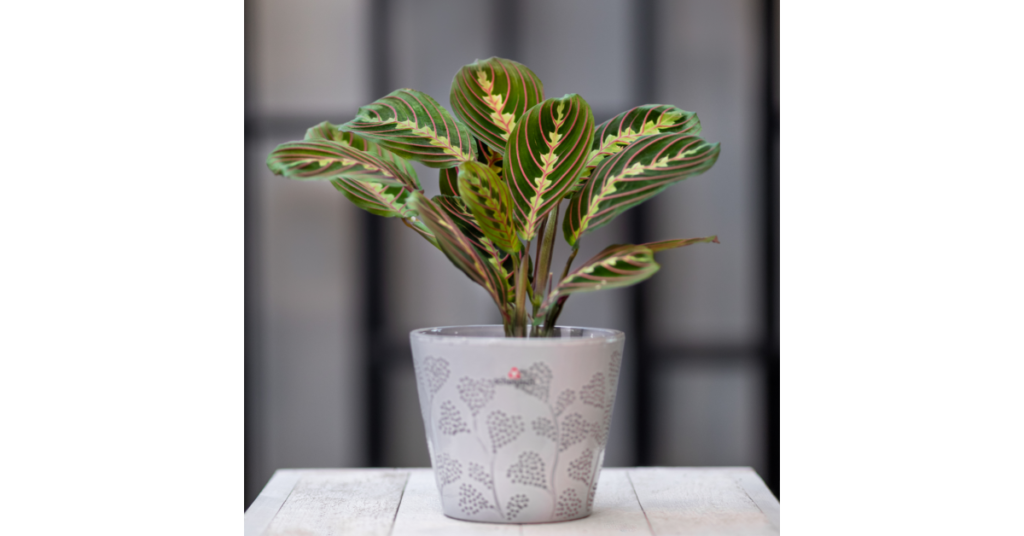
While this is yet another best pet-safe plants for beginners, remember that there are different varieties of prayer plants. Even if it tolerates low light, leaving it in bright indirect sunlight is best.
Also, please put it in place with high humidity and more water, especially in warm months. Since it attracts insects, conduct a background check to see if this is true.
Impatiens

Apart from being cat-safe plants, Impatiens add beauty and are a perfect gift for loved ones. They also come in various patterns and flowers. For better results, provide sunlight and regular watering to keep them thriving.
Bird’s Nest Fern
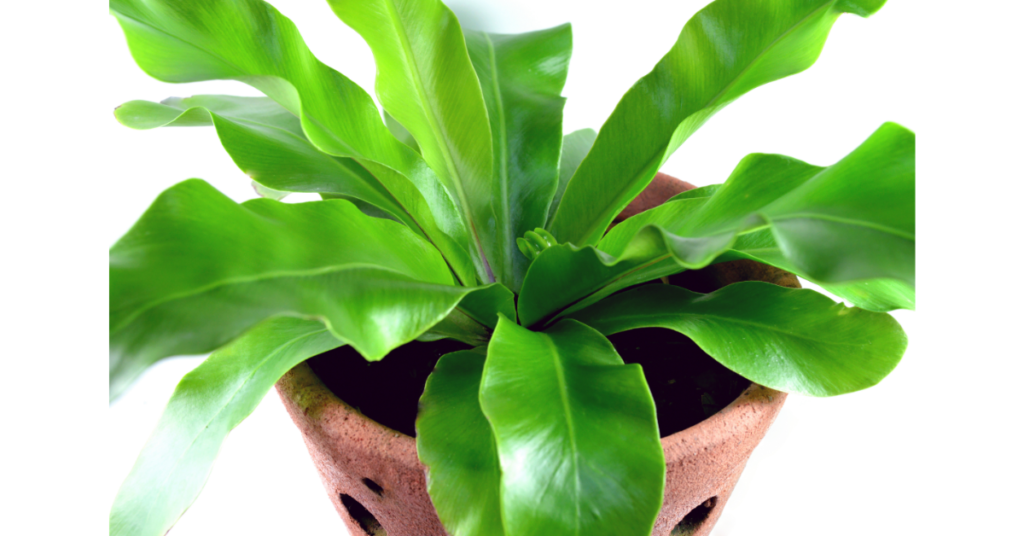
Bird’s Nest Fern is closing the list of the best plants for beginners with cats. Don’t worry about your cat taking a little nibble since it lacks toxins. One great feature that makes it attractive is the cute crimpy leaves, a pointy, fancy kale version. To thrive best keep it in a place with humidity and enough water.
Pet Safe Trailing Plants
Pet-safe trailing plants are an excellent addition to any household with cats. On the contrary, cats can be mischievous and curious, exploring and nibbling on anything they encounter. Therefore, choosing the following non-toxic trailing plants is the best option.
Pothos
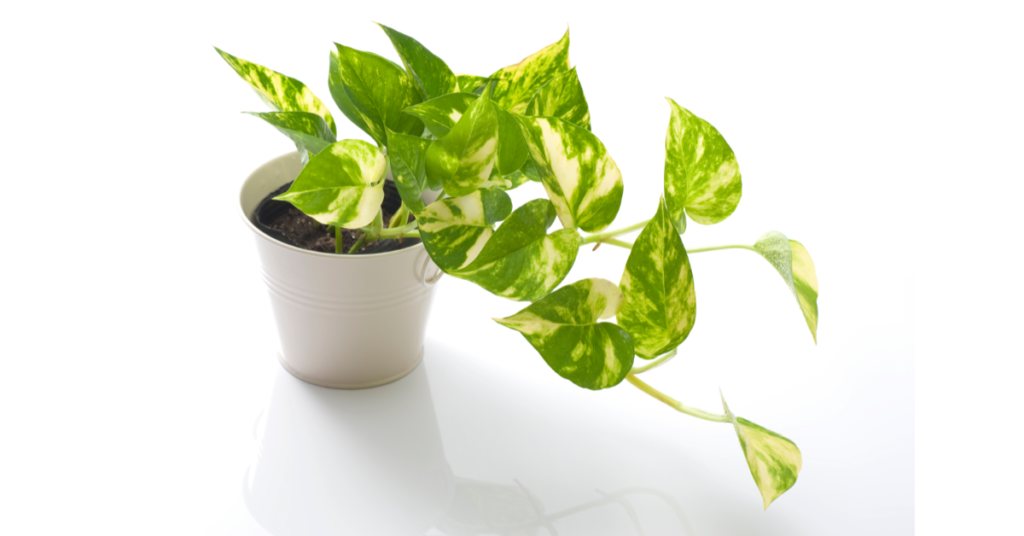
This is a popular pet-safe trailing plant. Its long, cascading vines are easy to propagate, making it an ideal choice for a beginner plant enthusiast. Pothos can thrive in a variety of light conditions and can even tolerate low-light low-light areas, making them an excellent choice for any room in your home.
Hoyaa Kerrii

Another pet-safe trailing plant is Hoyaa Kerrii, which requires minimal care. This plant can tolerate one good watering monthly as the flowers have beautiful fragrances. It is also known as Sweetheart Plant or Hoya because of the heart or valentine-shaped leaves.
When you look closer at it, you’ll see thick, succulent, and opposite leaves shaped like flat hearts. The easy-to-grow house plant has leaves joined to the long, twining stems by the sharp tip of the heart-shaped leaf.
Beetle Peperomia
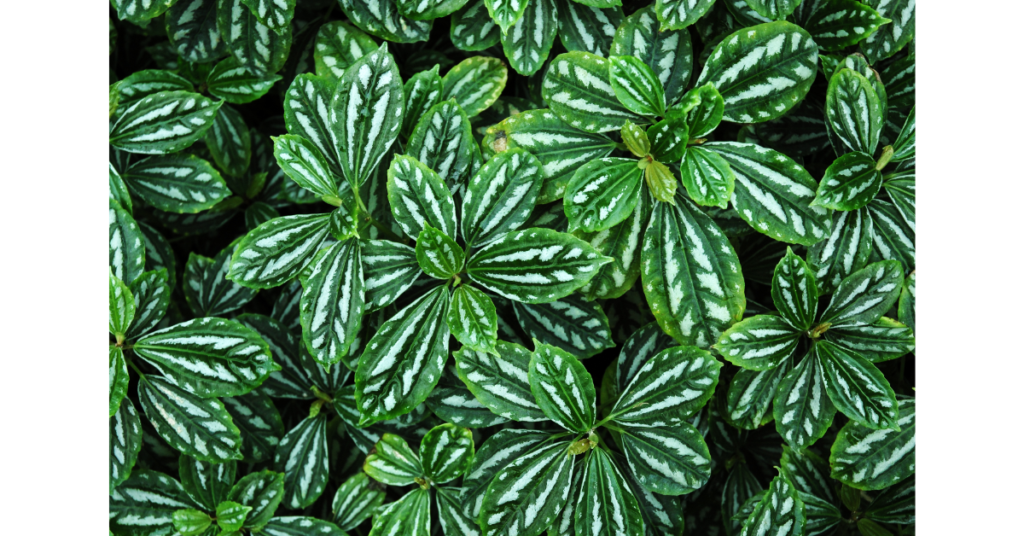
Besides Hoyaa Kerrii and Pothos, Beetle Peperomia is another pet-safe trailing indoor plant. It has a gorgeous unique small-leaved vine and many small, succulent-type leaves on round, rope-like vines. Another feature that makes it stand out is the slight yellow-green tinge.
However, it tolerates high humidity, meaning you must keep it in moist soil and moderate to high but preferably indirect lighting to thrive well. Additionally, it spreads well and makes an excellent ground cover, creating a thick mat of foliage. Note that each vine will branch off other vines and reach over 1 foot long (30.5 centimeters).
How Do You Cat-Proof Indoor Plants?
As mentioned earlier, cats are curious creatures and love exploring their environment. Indoor plants can be lovely to cats, who may nibble on or play with them, putting the plants and the cats at risk.
To ensure that your indoor plants are safe for your feline friends, it’s essential to follow these steps on how to cat-proof them.
Consider Non-Toxic Plants
One of the best methods is to plant non-toxic plants. These plants contain no toxic substance that will harm your feline friend. Among them are the Boston fern and spider plant. Just select the one that suits you best. Ultimately, you’ll protect your pet and have a beautiful space.
Add Lemon
Apart from non-toxic plants, you can cat-proof indoor plants by adding lemon. While it’s a safe option, go for the whole fruit rather than its oil. This is because lemon oil and the concentrated peel can be toxic.
Typically, cats lack taste receptors. Therefore, They won’t ingest fruit from particular citrus fruits. So, use lemon juice and dilute with water, then spray on the leaves.
Hang Them Up
You can use plant holders for shelves to mount the pants up. You can also transform the cabinet into your greenhouse or situate a plant room. This way, your pets will stay visible and protected.
Cover the Soil
Cover the soil with rocks, pinecones, or bamboo spikes to protect your plants. While cats want to use house plants as litter boxes, covering the soil will prevent them from doing this. You can also give the chew toys substitute with chewable plants such as catnip or cat grass.
Wrap the Pot in Tinfoil
Finally, wrap the pot in Tinfoil. Tinfoils will prevent them from getting into the plant. And if your little kitty loves urinating in your plant, this will be the best idea, as it’ll have no way in.
FAQs
What are low-light plants safe for cats?
Low-light plants are plants that receive indirect sunlight but still thrive well. These plants not only add aesthetics to your home but are also cat-safe. Some of the low-light plants include; the Boston fern, spider plant, wax plant, and peacock plant, among others.
Are hanging plants safe for cats?
Hanging plants grow downwards, and you can turn them on baskets or from a high surface. While there are many, some, such as Pothos and Beetle Peporomia, are safe for cats.
Are large houseplants safe for cats?
Having a large house plant makes everything look gorgeous but will they pose any danger to your feline buddy? Well, large houseplants are safe as long as they lack toxins.
Let’s Garden!
That’s it! A comprehensive guide on the best indoor plants for Beginners with cats. Typically, Indoor plants are a great addition to any home. As much as they add beauty, cats enjoy them for the wrong reasons. Some cats destroy the foliage and use them as litter boxes.
Unfortunately, this is a significant disadvantage to many people, especially beginners. But to save you from this migraine, you can opt for cat-safe indoor plants as they lack toxicity. Such plants include the Spider Plant and Boston Fern, among others.
Check the growth requirements, such as quality soil, humidity, and drainage, for better results. As a beginner, things might seem challenging, but be patient and hopeful. Ultimately, you’ll successfully grow your houseplant and bond well with your cat.